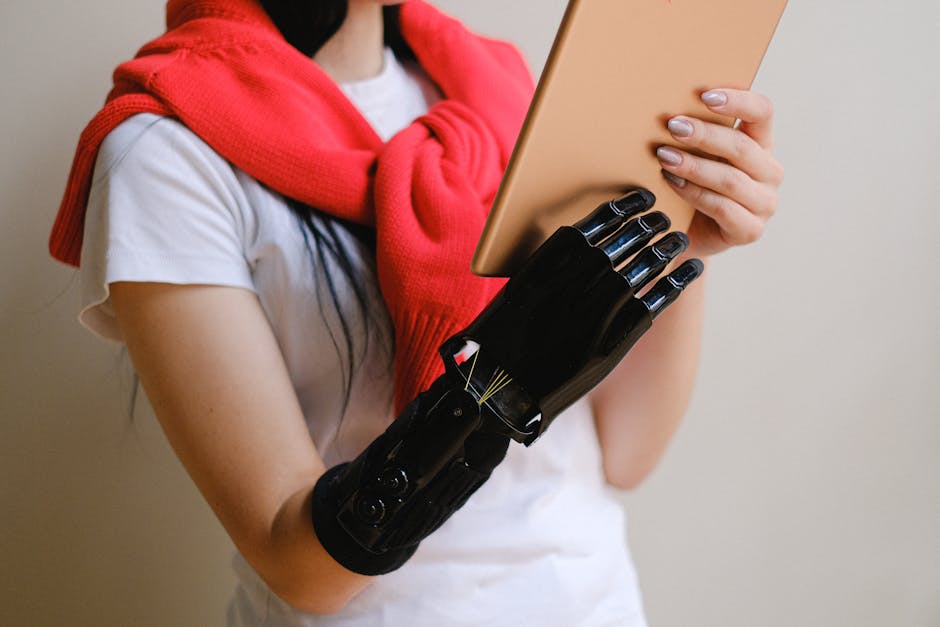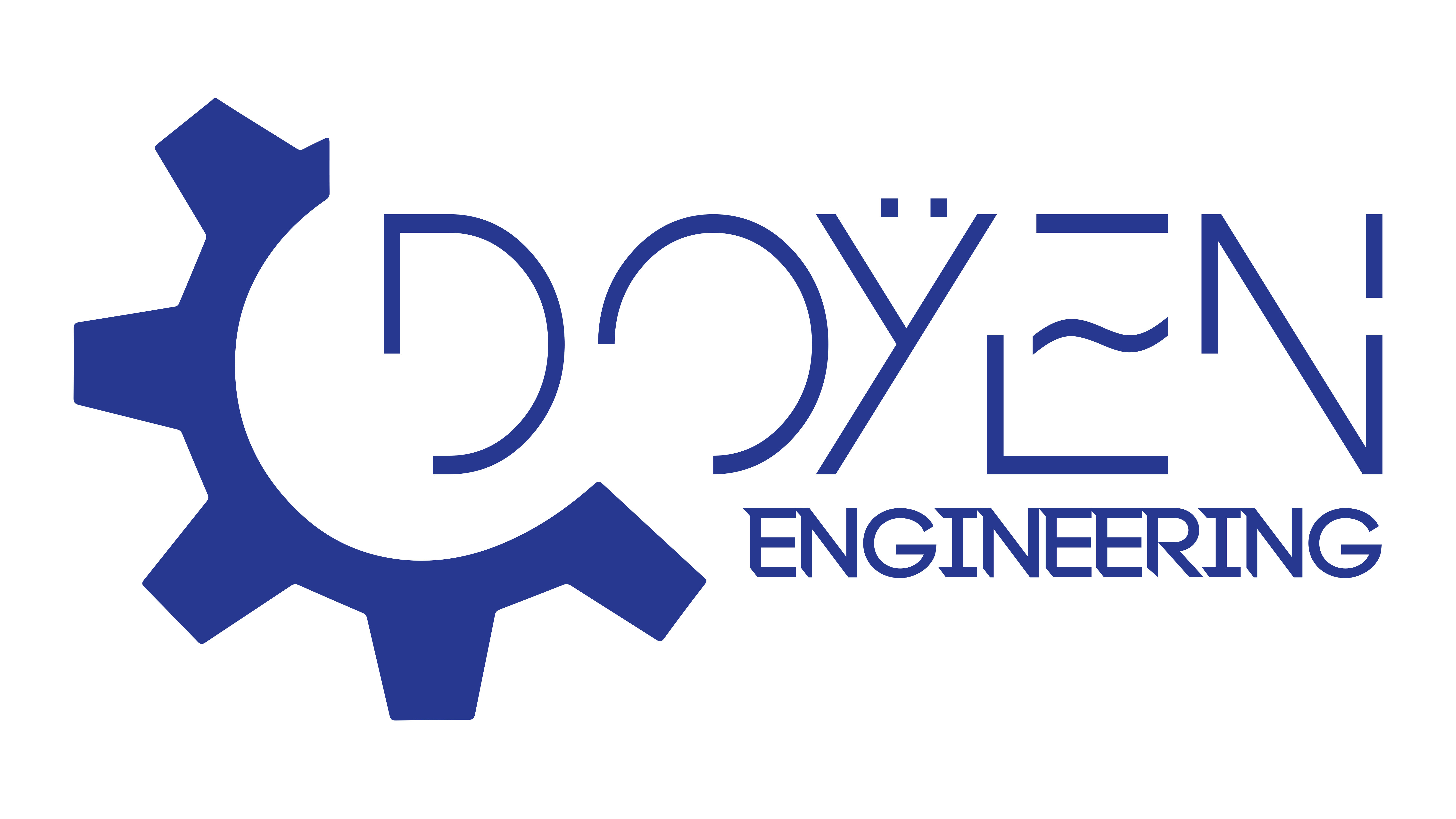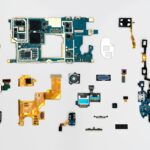
The Impact of Electrical Engineering on Healthcare
Introduction to Electrical Engineering in Healthcare
Electrical engineering plays a pivotal role in revolutionizing healthcare. By integrating advanced technology into medical systems, it enhances patient care and streamlines processes. From the invention of MRI machines to advanced surgical robots, electrical engineers facilitate innovations that are transforming healthcare. For example, consider how an electrical engineer's work on developing precise imaging techniques has drastically improved early disease detection. This not only expedites treatment but significantly increases patient survival rates, illustrating the profound impact of this field on public health.
Advancements in Medical Devices
The field of electrical engineering has spurred remarkable advancements in medical devices, leading to improved diagnostics and treatment methodologies. Here are a few noteworthy innovations:
- Wearable Health Monitors: Devices like smartwatches can track heart rates and other vital signs in real-time, providing critical data for patients managing chronic conditions.
- Telehealth Equipment: Innovations such as video conferencing tools and remote diagnostic tools enable healthcare providers to reach patients at home, especially during critical times like the pandemic.
- Robotic Surgical Systems: These systems enhance surgical precision, minimizing recovery time and reducing overall risk for patients.
These advancements not only save lives but also make healthcare more accessible, moving us towards a future where technology and healthcare work hand in hand for better outcomes.

Telemedicine and Remote Monitoring Technologies
Enhancing Access to Healthcare Services
As healthcare continues to evolve, telemedicine and remote monitoring technologies are transforming how patients access medical services. With these advancements, geographic barriers are becoming less significant, allowing individuals to receive care from the comfort of their homes.Imagine a rural patient who no longer needs to travel hours to see a specialist. Instead, they can consult with healthcare providers through video calls, making it easier to address health concerns promptly. This technology enhances access by:
- Connecting Specialists with Patients: Individuals can receive expert opinions without lengthy wait times.
- Reducing Hospital Crowding: Patients can seek non-emergency care remotely, freeing up facilities for critical cases.
Improving Patient Monitoring Systems
Alongside access improvements, telemedicine facilitates better patient monitoring systems that track health conditions without physical visits. For instance, wearable devices can continuously monitor conditions such as heart rate and glucose levels, transmitting data directly to healthcare providers.The benefits include:
- Immediate Feedback: Patients can receive real-time alerts if their readings are abnormal, ensuring timely intervention.
- Data-Driven Decisions: Physicians can analyze trends over time, leading to more personalized care plans.
These innovations not only enhance the quality of care but also empower patients to take an active role in managing their health, illustrating the vital intersection between technology and medicine.

Artificial Intelligence in Medical Diagnostics
Applications of AI in Disease Detection
As we continue exploring the integration of technology in healthcare, artificial intelligence (AI) is making significant strides in medical diagnostics. AI algorithms can analyze vast amounts of patient data to identify patterns that may elude even the most skilled professionals. For example, AI can process patient symptoms, family histories, and test results to suggest possible diagnoses, drastically reducing diagnostic delays. Key applications include:
- Early Cancer Detection: AI models can assess pathology slides and detect malignancies with remarkable accuracy.
- Predictive Analytics: Machine learning algorithms can predict the onset of diseases, helping to initiate preventative measures before symptoms arise.
AI-Powered Medical Imaging Technologies
Complementing these applications, AI-powered medical imaging technologies are revolutionizing how we view diagnostics. By enhancing traditional imaging techniques, AI aids in diagnosing complex conditions faster and more accurately. Consider the use of AI in radiology:
- Image Analysis: AI tools can quickly evaluate CT scans, MRIs, and X-rays, highlighting areas of concern for radiologists to review.
- Automated Reporting: These systems can generate preliminary reports that inform doctors of abnormalities, expediting patient care.
Through these innovations, AI is not just improving the precision of diagnostics but also making strides toward a more proactive healthcare system, benefiting both patients and providers alike.

Wearable Health Technology Innovations
Monitoring Vital Signs in Real Time
Building on the advancements in medical diagnostics, wearable health technologies are paving the way for real-time monitoring of vital signs. These innovations have become essential tools for both patients and healthcare providers. Imagine a heart patient wearing a smartwatch that continuously tracks heart rate, oxygen levels, and even ECG readings. Key features of these wearables include:
- Notifications on Health Trends: Immediate alerts for abnormal readings, allowing prompt healthcare responses.
- Historical Data Tracking: The ability to review past data helps in understanding health trends over time, aiding physicians in making informed decisions.
Tracking Fitness and Wellness Data
In addition to monitoring vital signs, wearables are incredibly effective in tracking fitness and overall wellness. They encourage users to take charge of their health by providing insights into daily activity levels, sleep patterns, and calorie intake. For instance, someone trying to lose weight can benefit from:
- Step Counters: Daily step goals can motivate individuals to remain active, improving overall fitness.
- Sleep Quality Analysis: Many devices can assess sleep stages, offering recommendations for improving sleep patterns.
These innovations empower individuals to lead healthier lifestyles while providing valuable data that healthcare providers can use to enhance patient care and develop tailored health plans. The intersection of technology and health is indeed ushering in a new era of proactive wellness management.

Cybersecurity Challenges in Healthcare Technology
Protecting Patient Data Privacy
As wearable health technologies and telemedicine services gain prominence, they also bring forth significant cybersecurity challenges in healthcare. One of the most pressing concerns is protecting patient data privacy. With personal health information stored digitally, the threat of unauthorized access looms large. Consider a scenario where a patient uses a fitness tracker linked to their medical records. If a cyber breach occurs, sensitive information could be compromised, leading to potential identity theft. Key strategies to protect patient data include:
- Encryption: Ensuring that sensitive data is encrypted during transmission and storage to prevent unauthorized access.
- Regular Audits: Conducting routine security assessments to identify vulnerabilities before they can be exploited.
Preventing Cyber Attacks in Healthcare Systems
In addition to safeguarding privacy, healthcare providers must focus on preventing cyber attacks on their systems. Cybercriminals often target healthcare because the systems are interconnected and sometimes lack advanced security protocols. For example, ransomware attacks can cripple healthcare facilities, disrupting patient care and putting lives at risk. Essential measures to fortify systems include:
- Employee Training: Educating staff on recognizing phishing attempts and safe online practices to minimize risks.
- Implementing Multi-Factor Authentication: Adding an extra layer of security to sensitive systems ensures that only authorized personnel have access.
Addressing these cybersecurity challenges is crucial not just for patient trust but for the overall integrity of healthcare technology, ensuring that innovations can continue to enhance patient care without compromising safety.





